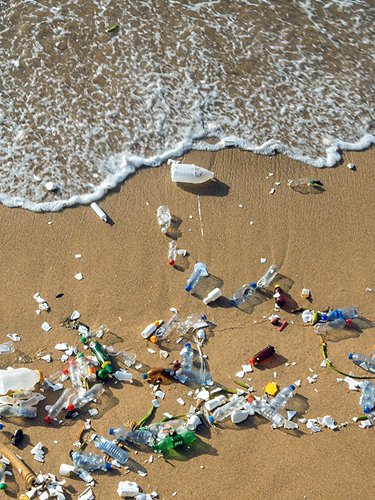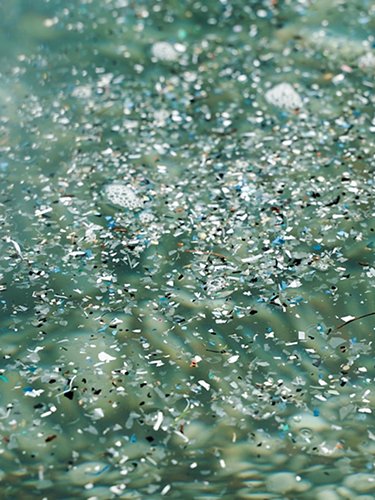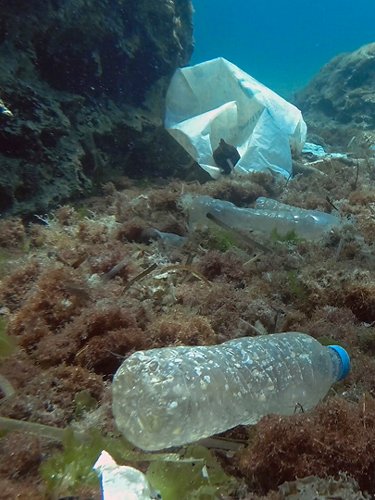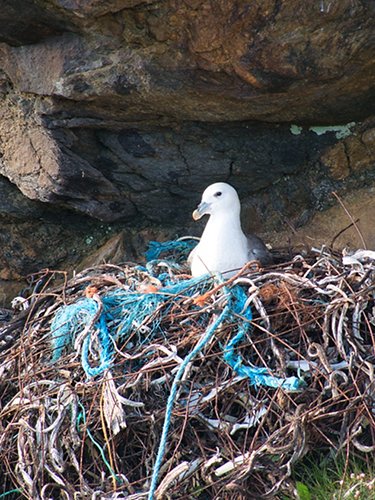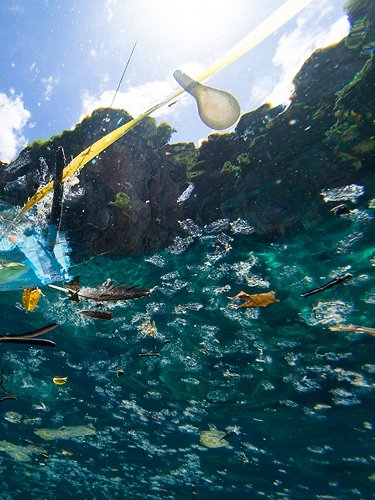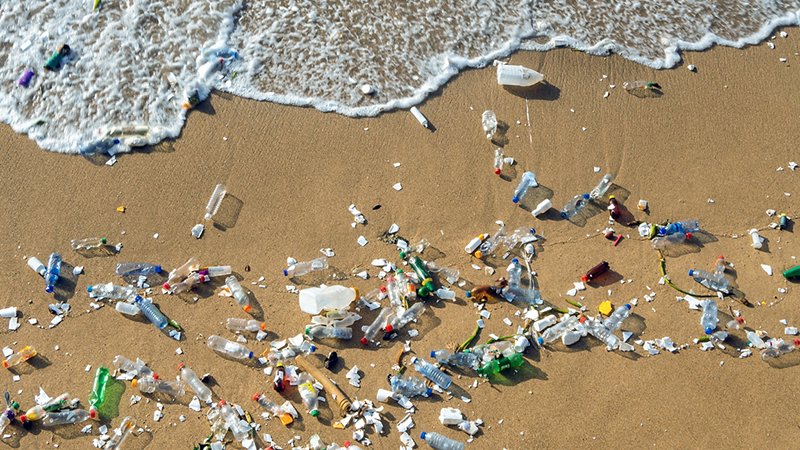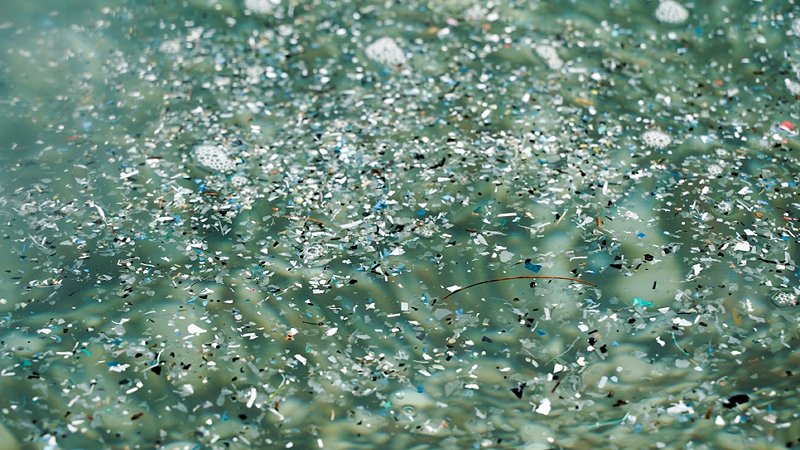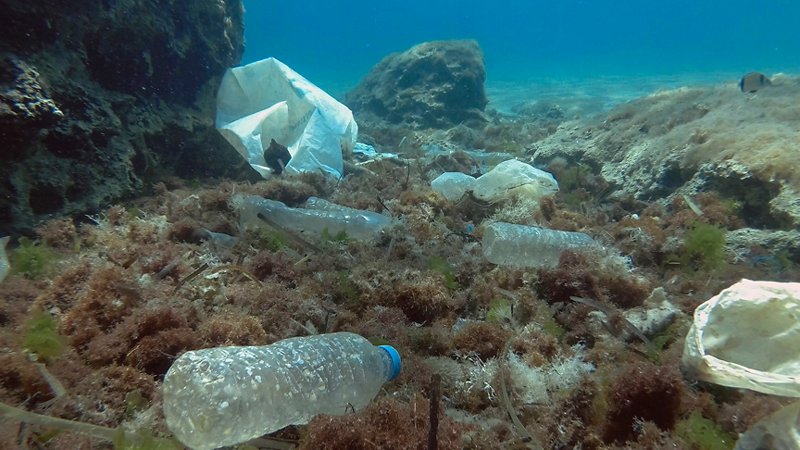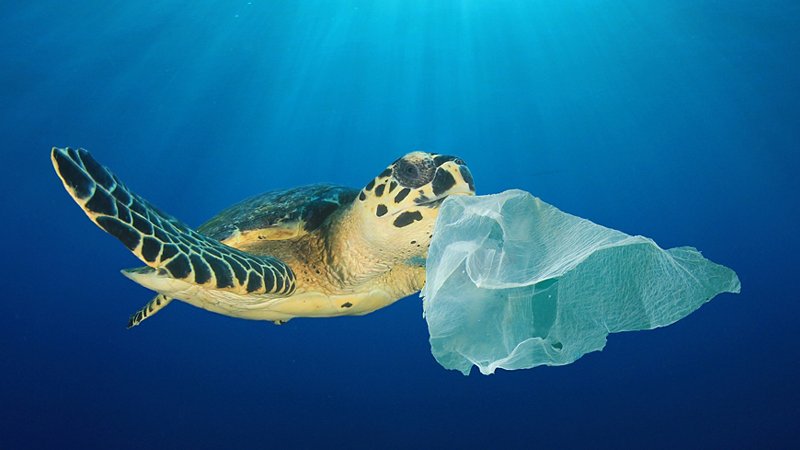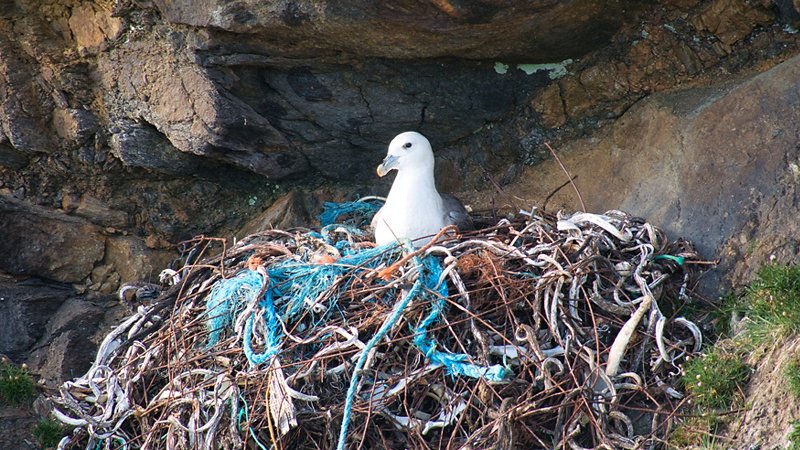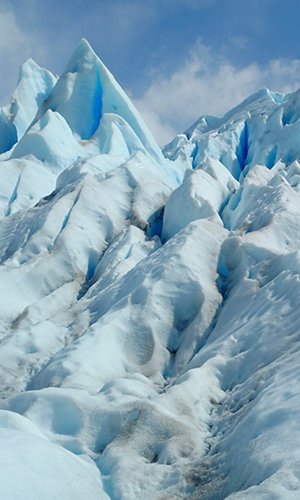It is estimated that each year about 8 million tons of plastic ends up in the sea… Staggering amounts, that add up over the years so that veritable “islands” of plastic are formed in the areas where marine currents converge. The largest island of this kind has been sighted in the Pacific Ocean and, although estimates on its real size vary, it is more or less the size of a country like Spain.
The effects of plastic on marine fauna are well known. Some animals may become entangled in some waste, for example in pieces of fishing nets lost by boats, or they may mistake waste for food, often remaining suffocated. For example, turtles may easily mistakenly take plastic bags for jellyfish. With regard to microplastics, marine organisms may ingest microplastics in various ways: filter feeders, like mussels, oysters or clams, may simply become contaminated with the water that they filter to feed, while fish may ingest them both directly, mistaking them for prey, and by eating prey that already contains microplastics in their stomachs.

